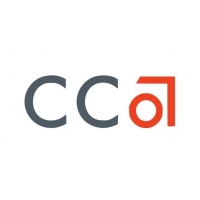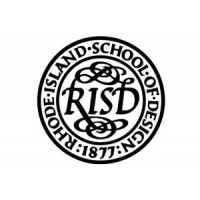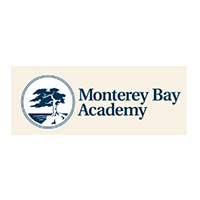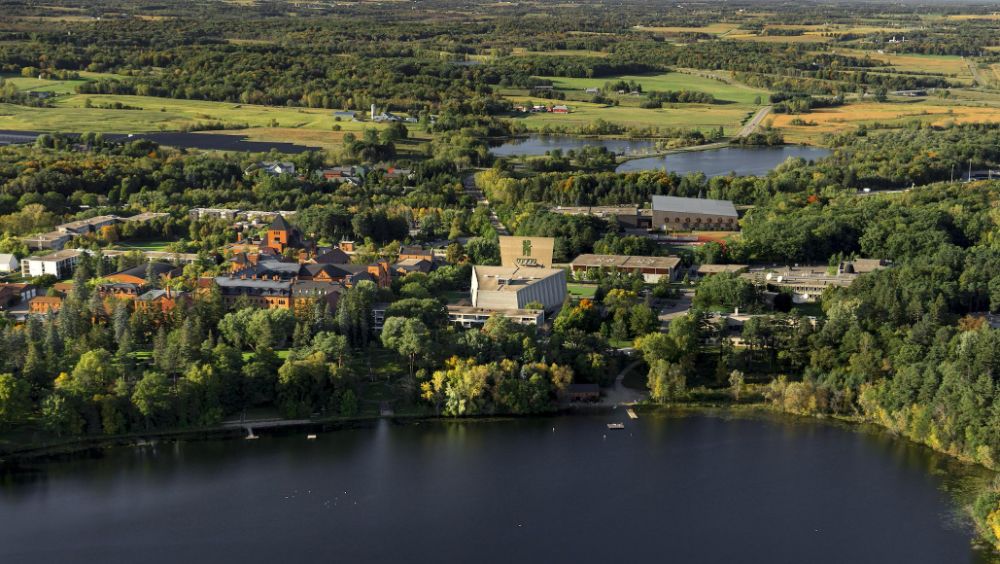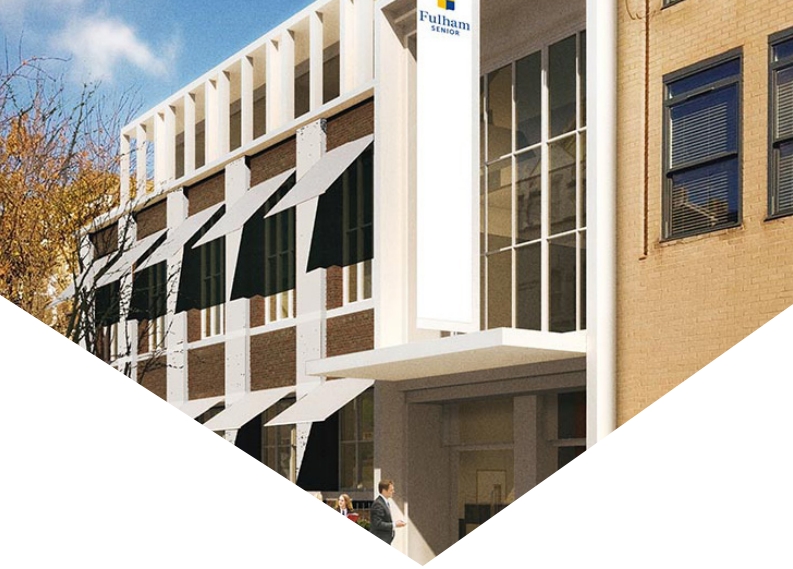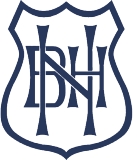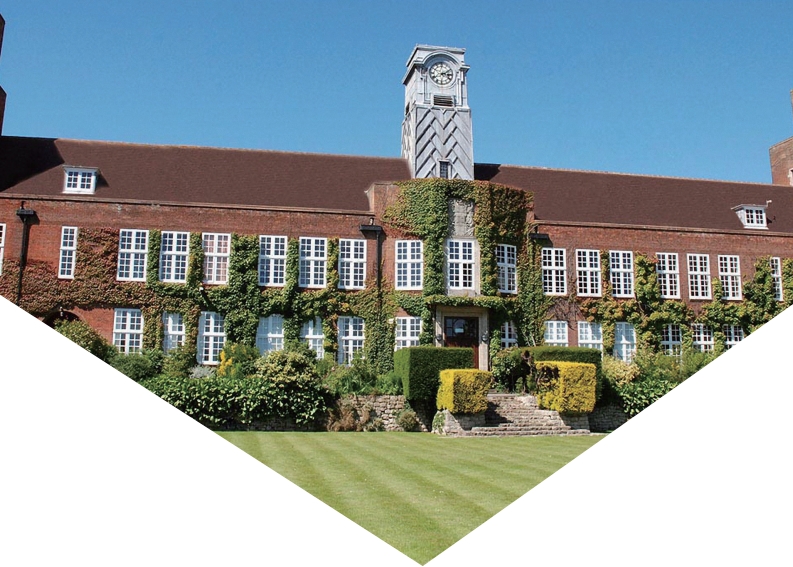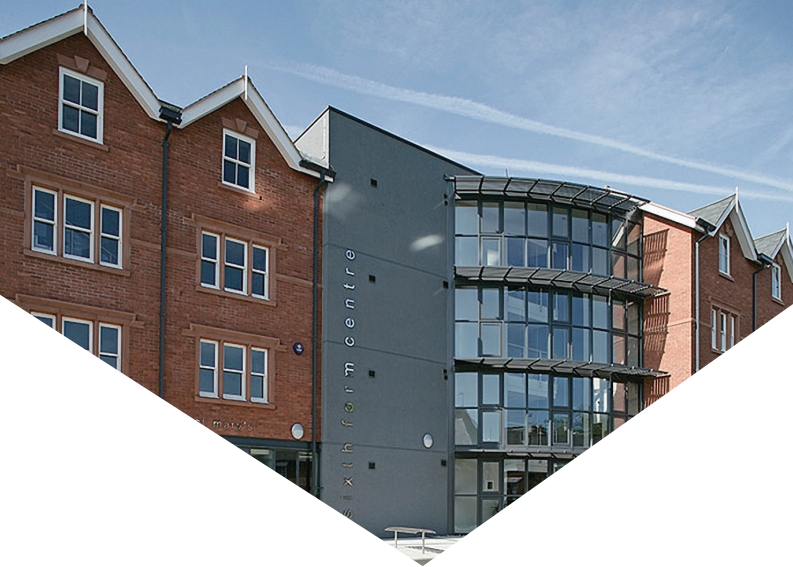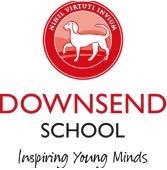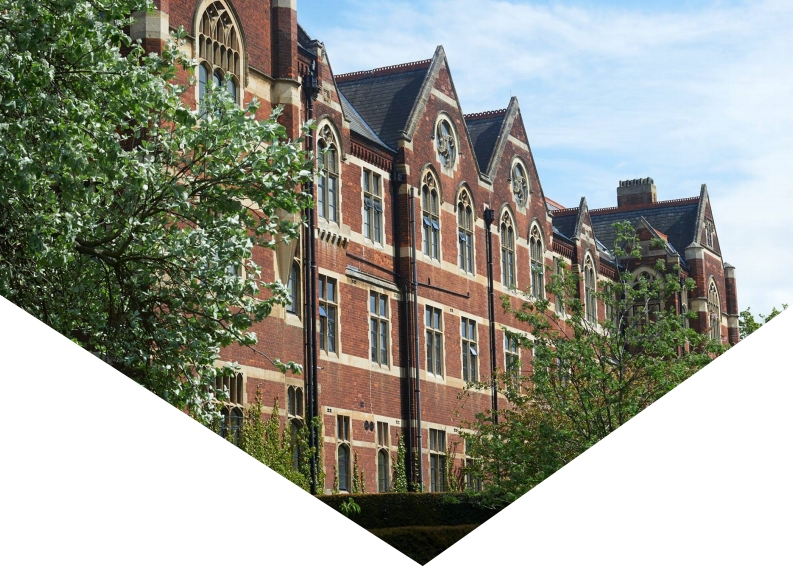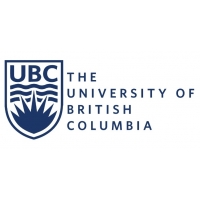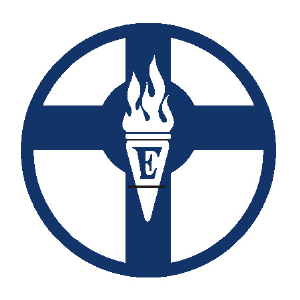學(xué)校介紹
School Values
At St Albans Seco ndary College, we hold these values and guiding principles:
We show leadership by taking respo nsibility and being committed to our vision and to each other.We demo nstrate respect, tolerance and fairness to each other.
We show integrity at all times by being open and honest.
We take pride in our achievements and strive for academic excellence.
We value critical thinking, creativity and risk taking in our learning.
a bout St Abans Seco ndary College
St Albans Seco ndary College opened as St Albans High School in 1956, the year of the Olympic Games in Melbourne. The College is proud of its history as the original seco ndary school in the area, and of its co ntinuing role as an educatio nal focal point within the community.
St Albans Seco ndary College is located 18 kms to the north west of the Central Business District of Melbourne, within the City of Brimbank. St Albans is easily accessible by public transport, particularly rail, and by car being o nly a 20-30 minute trip to the city centre via the Calder Freeway and Western Ring Road. It is also in close proximity to Melbourne’s airports - Tullamarine and Essendon.
The College also includes in the curriculum, challenging programs in the performing and creative arts, sport and physical development, and information and communication technologies. These programs enhance students’ learning in the eight Key Learning Areas, and together with intellectually rewarding extra-curricular activities such as interschool debating, student leadership programs, a university mentoring program, subject area competitions, and the TAFE Tasters program, students are provided with particular opportunities to develop their unique interests and talents. In addition, the Individual Needs program supports the learning needs of students who require special support to achieve their potential.
St Albans Seco ndary College recognises the respo nsibility to its community to provide a safe, secure and supportive enviro nment where students can learn and feel valued and respected as individuals. The school is divided into three Sub Schools each with a team of Year Level Coordinators who mo nitor the academic, social and emotio nal progress of students by liaising regularly with teachers and parents.
Our Welfare Team, including a psychologist, health promotion nurse and a youth worker, compliments the work of the Sub Schools through a range of classroom, small group and individualised programs to meet the requirements and interests of teenagers. Our Whole School Approach to welfare and discipline, together with an emphasis on social skills programs, support young people in their development into caring and socially respo nsible adults.
St Albans Seco ndary College is a community in which the staff and parents work together with, and for the benefit of, students. Parents are encouraged to engage actively in their child’s education through membership of school committees, participation in classroom support programs, and through regular meetings and co ntact with teachers and Year Level Coordinators.
The College is an integral part of the educatio nal community of St Albans. Through our Transition Program, strong relatio nships have been fostered with local primary schools. The school’s Work Education and Tertiary Orientation programs have established further positive l inks with local community groups and businesses, as well as with tertiary providers, especially Victoria University of Technology where many of our students complete their studies.
To enhance student learning, St Albans Seco ndary College has identified two major priorities for the next three years:
Implementing the Middle Years Reform Program
Improving organisatio nal health and staff well being
CHARTER PRIORITIES
MIDDLE YEARS OF SCHOOLING
SCHOOL GOAL:
To improve student achievement levels in Literacy and Numeracy through improved curriculum, teaching and learning strategies and school organisation. The Strategies Plan will focus on the implementation of the Middle Years Reform Program.
DEs criptION:
Data from the Triennial Review indicates that students in Year 7 to 10 are still achieving below the Statewide benchmarks in attendance and in all strands of English and Mathematics. The 2001-2003 College Charter will use the Middle Years Reform Program as a strategy to improve the schools' benchmarks in English and Mathematics, attendance, and student engagement. The program will re-e valuate the curriculum, develop alternative learning and teaching strategies and review the current school organisation through the Middle Years Reform Program.
INTENDED OUTCOMES:
Implementation of the Middle Years Reform Program as outlined in the MYRP Action Plan, leading to:
Improved student achievement in Literacy and Numeracy
Improved student engagement
Improved student achievement
Appropriate school organisation and curriculum offerings to enhance student learning outcomes in the Middle Years.
ACHIEVEMENT MEASURES:
Year 7 – 10 real retention rates
Statewide and "like" school benchmarks for students in all English and Mathematics strands for Years 7 -9
Year 7 AIM and TORCH and Patmath tests
Year 8 TORCH and Patmath tests
Student Attendance data
Student Survey- Feelings a bout Yourself and School Student Survey Discipline and Welfare
Staff survey -School organisation and Curriculum
Professio nal Development for teachers re Thinking Curriculum,
Authentic Assessment and Team Teaching
e valuation of Pilot Program 7/8 - 2002
INITIAL STRATEGIES:
The strategies in implementing this Charter Priority are outlined in the College's Middle Years Reform Program Action Plan
Review and publicise College Philosophy (mission statement)
Professio nal development for teachers Year 7 -9
Appointment of a Middle Years Coordinator
Goals and improvement areas to be developed by a Middle Years Implementation Team
Develop closer l inks with the feeder primary schools to better understand the needs of incoming students to enable the development of appropriate strategies to improve the indicative levels in English and Mathematics for students 7 -9 and their attendance, engagement and attitude to school-
Develop teaching teams for a trial group at Year 7 & 8 2002. These teams will adopt an inter-disciplinary, thematic approach to their curriculum.
Implement the TORCH and Patmath testing at Year 8 and to compare these tests with Year 7 tests in AIM, Patmath and TORCH
Compare the Year 7 AIM results with AIM (LAP) testing from primary schools
Review the organisatio nal structure and subjects offered at Year 7 -9 to see if they are meeting the needs of all students Target the performance of boys in English for review
Establish some student profiles 7 -9 to track achievement against e curriculum
Adoption of an organization that is seen by staff and community to meet College philosophy
ORGANISATIo nAL HEALTH AND STAFF WELL BEING
SCHOOL GOAL:
To ensure that the school’s management practices encourage effective communication and decision-making, both within the school and the wider community
DEs criptION:
The school’s Staff Opinion Survey results over the 3 years of the previous Charter (1998-2000) ba sed on the 24-point survey, indicate co ncerns in all areas covered by the survey: professio nal growth and interaction, morale, supportive leadership, and goal congruence. The 1999 results were generally above statewide benchmarks. However, results for 1998 and 2000 show that these indicators of organisatio nal health and staff well being are generally below statewide benchmarks and require further investigation and action.
PRIORITY:
To improve school morale and staff well being.
INTENDED OUTCOMES:
Improved school morale and staff well being.
Improved communication within and between groups.
Improved professio nal growth for individuals and groups.
Improved career support for staff, including a system of staff appraisal and review.
Development of a school vision or mission statement.
Improved student achievement and engagement in learning.
ACHIEVEMENT MEASURES:
Annual Full Diagnostic Staff Opinion Survey.
Annual Parent Opinion Survey (Customer Responsiveness, General Satisfaction).
Student Engagement Survey.
INITIAL STRATEGIES:
Development of a three year strategic plan for organisatio nal health and staff well being integrating professio nal growth and interaction, school morale, goal congruence, and supportive leadership. This plan will identify tasks in each of these strategic areas, who will do them, how they will be undertaken and timelines.
Establish a broadly representative organisatio nal health and staff well-being planning team.
Co nduct and analyse the results of the Full Diagnostic Staff Opinion Survey.
Present results to staff and establish focus groups to co nfirm that results accurately reflect staff concerns.
Develop a strategic plan ba sed on these results and staff response.
申請(qǐng)條件
雅思總分最低達(dá)到6.0分�����,單項(xiàng)不低于5.5分�����,個(gè)別學(xué)院要求高�����,需要雅思達(dá)到7.5分�����,單項(xiàng)不低于7.0分�����。所有的申請(qǐng)都必須通過(guò)UCAS(英國(guó)大學(xué)學(xué)院招生服務(wù)機(jī)構(gòu))來(lái)進(jìn)行�����,接受同等的國(guó)際學(xué)歷資格�����,以及留學(xué)生銜接/預(yù)科課程學(xué)歷�����。
留學(xué)費(fèi)用
學(xué)費(fèi)6000澳幣
世界排名
專業(yè)介紹
藝術(shù)�����、一般科學(xué)�����、農(nóng)業(yè)食品和生命科學(xué)�����、農(nóng)業(yè)�����、生物制藥電子技術(shù)�����、工商管理(強(qiáng)調(diào)會(huì)計(jì))、工商管理(強(qiáng)調(diào)管理支持)�����、工商管理(強(qiáng)調(diào)管理)�����、緊急救治技術(shù)�����、一般技術(shù)�����、工業(yè)系統(tǒng)技術(shù)�����、信息技術(shù)(計(jì)算機(jī)系統(tǒng)支持)�����、信息技術(shù)(游戲發(fā)展)�����、信息系統(tǒng)�����、醫(yī)學(xué)實(shí)驗(yàn)室技術(shù)�����、護(hù)理技術(shù)�����、臨床放射技術(shù)�����、手術(shù)技術(shù)�����、會(huì)計(jì)�����、管理支持、汽車(chē)維修技術(shù)�����、碰撞修理技術(shù)�����、計(jì)算機(jī)設(shè)計(jì)�����、計(jì)算機(jī)系統(tǒng)維護(hù)�����、建設(shè)技術(shù)�����、建設(shè)設(shè)備操作�����、地理信息技術(shù)�����、實(shí)踐護(hù)理�����、酒店管理�����。
教育優(yōu)勢(shì)
培養(yǎng)學(xué)生獨(dú)立思考能力,挖掘?qū)W生潛能,提供無(wú)微不至的關(guān)懷;提供大學(xué)申請(qǐng)指導(dǎo),及免費(fèi)提供牛津�����、劍橋大學(xué)申請(qǐng)面試培訓(xùn);升學(xué)率達(dá)到99%,及超高牛津�����、劍橋�����、UCL�����、LSE大學(xué)申請(qǐng)成功率。


